The Weird World of Frogs
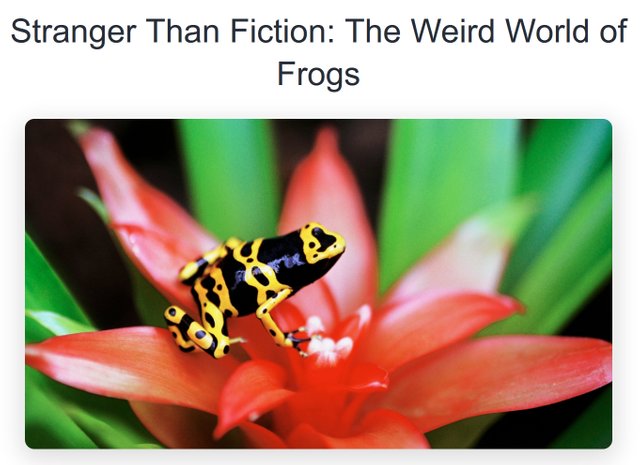
Hello my dear Steemians,
This is the new account “Planetwild” by @stef1 and @myskye. This account is about collecting Steem for the PlanetWild project. That's why I'm going to post once a day. Everything we get together here (Steem, SBD, SP) goes to the project. Then let's see what we can do here...


Frogs are some of the most unique and diverse species on the planet. There are currently over 7,500 known species, with new frogs being discovered all the time. Just this year, three new frogs were discovered by scientists deep in the eastern rainforests of Madagascar. Unlike their pond-dwelling cousins, these tiny frogs spend their entire lives in pandan trees, relying on rain water that catches in the leaves.
This recent discovery is a great example of how these incredible frogs have evolved over thousands of years to survive in almost any natural condition. Yet despite this resilience, 41% of amphibians are globally threatened with extinction. In this blog, we will discuss why the world’s frogs are under threat, what the consequences are, and how frogs are an indicator species that indirectly supports all life on earth.
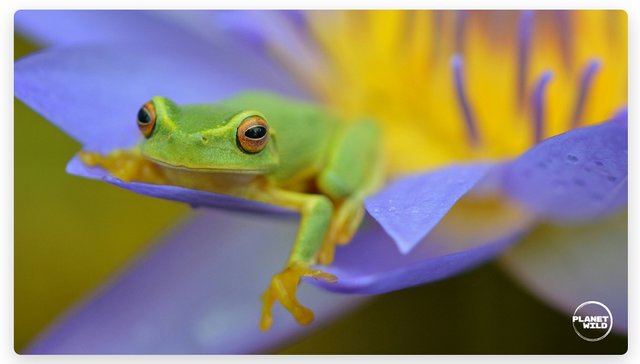
Frogs exist in almost every corner of the planet. They can be found in lush rainforests, frozen tundras, deserts, and even your own backyard. Some frogs are so unique that their appearance and behaviors sound like they have been ripped straight from the pages of a science fiction novel.
Take the hairy frog (Trichobatrachus robustus), which is able to break the bones in its toes and force them through the skin to create sharp claws, allowing it to inflict injury and escape from potential threats. This neat little trick has earned them the nickname ‘horror frog.’ The wood frog (Lithobates sylvaticus) is the only frog that lives north of the Arctic Circle, and survives by freezing solid during winter and thawing in again when spring arrives. Some frogs, including the infamous dart frog subspecies (Dendrobates) found in the tropical forests of Central and South America, are so venomous that they can kill a grown man in under 10 minutes. As we can see from these few examples alone, frogs are a complex and bizarre species.
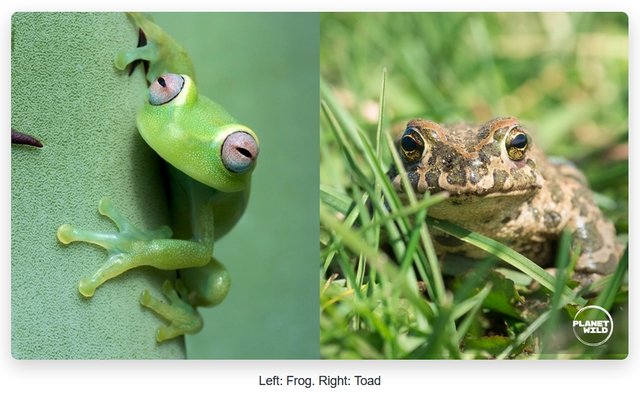
In general frogs have webbed feet, bulging eyes, no tail, and smooth, moist skin. They are amphibians, which means they are cold-blooded and have spines but no scales. They can live on both land and in water, making them adaptable to a number of different environments. While frogs and toads look pretty similar, there are a few ways to tell them apart. Toads tend to spend more of their time on dry land. Most significantly, they have warty, rough skin which is how most scientists distinguish them from frogs. Toads also have shorter legs, which they use to crawl around rather than hop. They are slower and less active than frogs. Other amphibians such as newts and salamanders are easier to tell apart due to their elongated bodies.
Frogs primarily survive on a diet of insects, such as flies, mosquitos, moths, and dragonflies. They are also known to eat snails, slugs, worms, and spiders. Aquatic frog species, which live most of their lives underwater, feed on small crustaceans, larvae, worms, and crabs. Frogs are the definition of a generalist predator, eating just about anything that comes their way—including other frogs and amphibians! They use their long, sticky tongues to snatch unsuspecting prey as it passes by, making them quite skilled hunters.

While frogs eat almost anything, a lot of animals also eat frogs. This has forced the species to evolve some incredible ways to evade and incapacitate predators. Of course, some frogs are incredibly poisonous, but others—like the glass frog—have adapted to become almost completely transparent, making them partly invisible!
As mentioned, frogs are found all over the world, even in regions where you can’t imagine much life surviving at all. Most frogs need a source of freshwater, and therefore will more often be found in aquatic and swampy habitats. Without water, most frogs can only live between three and nine days. That said, there are exceptions. Take the Australian Turtle frog (Myobatrachus gouldii). Named for its turtle-like shape, this bizarre animal found on the west coast of Australia lives almost exclusively in sandy soils, and can survive without any free standing water. Even more strange than that, this frog is one of the few that skips the tadpole stage, and instead lays eggs which hatch into tiny froglets.
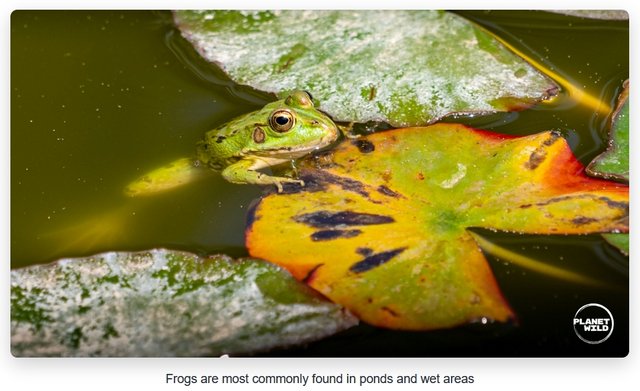
Brazil is home to the most diversity of frog species. Peru, Columbia, Ecuador, and many other South and Central American countries also boast hundreds of unique frog types. This is because the region, which includes the mighty Amazon rainforest, is a biodiversity hotspot providing some of the best conditions for frogs to inhabit.
How long frogs can live for is generally unknown. Tropical leaf frogs have been known to only live one or two years, while other species like the giant goliath frog (Conraua goliath) have been known to live up to 15 years in the wild, and over 20 years in captivity.
So why are there so many varied and unique frog species in the world? The dominant theory is that frogs are able to adapt based on opportunity, such as finding some new ways of exploiting a natural resource where there’s little competition (such as food and shelter). The species can then evolve to become an expert in that resource. An example would be the aforementioned turtle frog which has evolved to survive in dry and warm environments.
However, this doesn’t completely explain the incredible patterns and colors some frogs exhibit, especially those that inhabit the same ecosystem. For example, a single species of poison dart frog found in Peru has 10 different pattern variations, which provide a warning for predators to stay away. Evolutionary biologist Mathieu Chouteau set out to find out why.
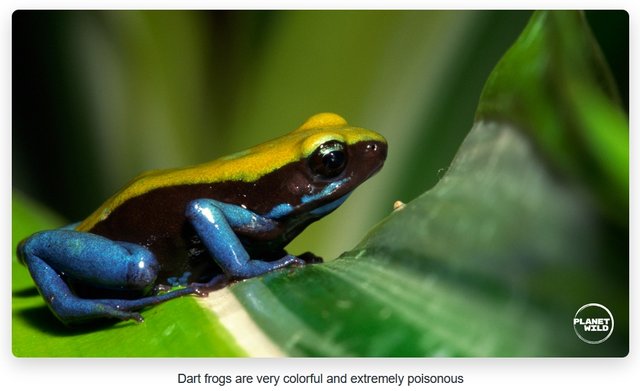
The biologist created 3600 frog models, all 18 millimeters long. Each one was yellow striped or reticulated, like a giraffe, with green lines. The models were then placed in two different sites: one in the Amazonian lowland of Peru and the other in a valley at about 500 meters above sea level. What Chouteau observed after several days was that birds mostly avoided the model with the pattern that looked like the local frog, but they attacked the model that looked unfamiliar. The phenomenon was reversed at the other site.
This experiment highlighted two things. First, once diversity in an area is established, it stabilizes. Even a new pattern of poisonous dart frog causes disruption, no matter how brightly colored and off-putting. Secondly, the reason the frogs are different is likely down to genetic drift—just random gene variations that keep evolving to create different patterns among a localized group. This random genetic variance makes them distinctive from another group of the same species somewhere else.
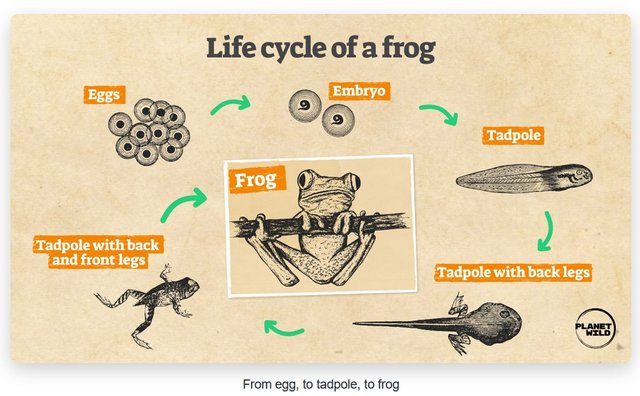
The life cycle of a frog is incredibly interesting, as they go through something called metamorphosis. Metamorphosis means that frogs experience several distinct physical changes in their journey from egg to full grown frog. Insects like butterflies and some fish also experience such incredible changes in their lifecycle.
Stage 1: Egg





Thank you, friend!


I'm @steem.history, who is steem witness.
Thank you for witnessvoting for me.
please click it!
(Go to https://steemit.com/~witnesses and type fbslo at the bottom of the page)
The weight is reduced because of the lack of Voting Power. If you vote for me as a witness, you can get my little vote.
Nice 👍
Great effort @planetwild. For the first time, I know that there are 7500 different species of frogs. It is surprising. You discuss that brazil is ranking at the top of the list. Can you share some statistics on the percentage of species found in different countries? Nice job...
nice article
foto yang sangat indah dan menakjubkan
I have seen a lot of gumbo. I have searched for a lot of information. I have heard that there are many gumbo specials in Amazon. But by reading your article I was able to learn a lot of information that I have not heard before. Thank you very much friend for sharing such important information with us.